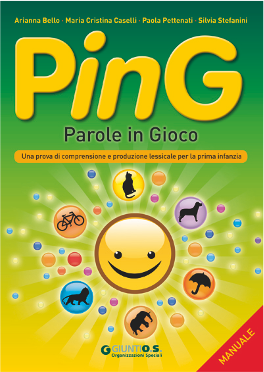The Picture Naming Game
Adapting the PiNG
The aim of this project is to adapt and standardize the Picture Naming Game (PiNG) (Bello et al. 2012), a tool to assess lexical abilities in children from 24 to 36 months, for all South African languages. This tool will allow us to assess the receptive and expressive lexicon of young children and to determine, along with other measurements, whether a child is a later talker or may have a language disorder.
The PiNG tool is a child friendly and culturally appropriate method of assessment for our context.
Gesture and Language Development
This research investigates gesture and language development in early (8-36 months) and later childhood (5 -12 years) in African languages. We are exploring how gesture supports early language acquisition, the relationship between action, gesture and speech and how the nature of gestures changes during this early period. In later childhood we look at how gesture and discursive abilities in narratives develop towards abstraction and how other dimensions of gesture production such as the load of gestural information in the bimodal utterance and the chaining of gestures across utterances develop. The research includes a comparative component examining the effects of linguistic and cultural constraints on multimodal language production comparing languages in the Romance and Bantu language families. This comparative component is a collaboration between two European research teams from Rome, Italy (GLADD Lab, ISTC-CNR) and Grenoble, France (Lidilem Lab, University of Grenoble Alpes).
Bello, A., Giannatoni, P., Pettenati, P., Stefanini, S., & Caselli, M. C. (2012). Assessing lexicon: Validation and developmental data of the Picture Naming Game (PiNG), a new picture naming task for toddlers. International Journal of Communication and Language Disorders, 47, 589–602.

